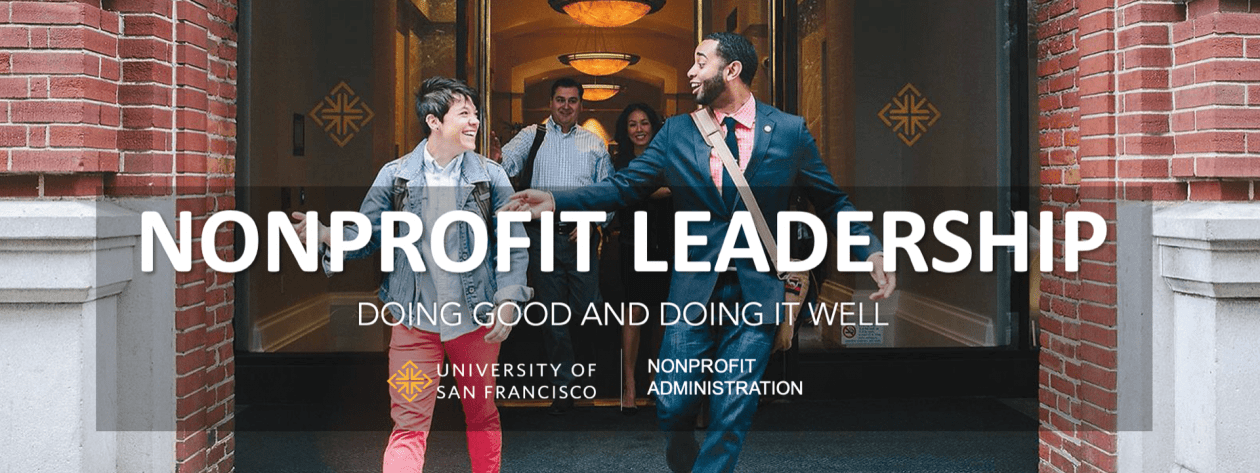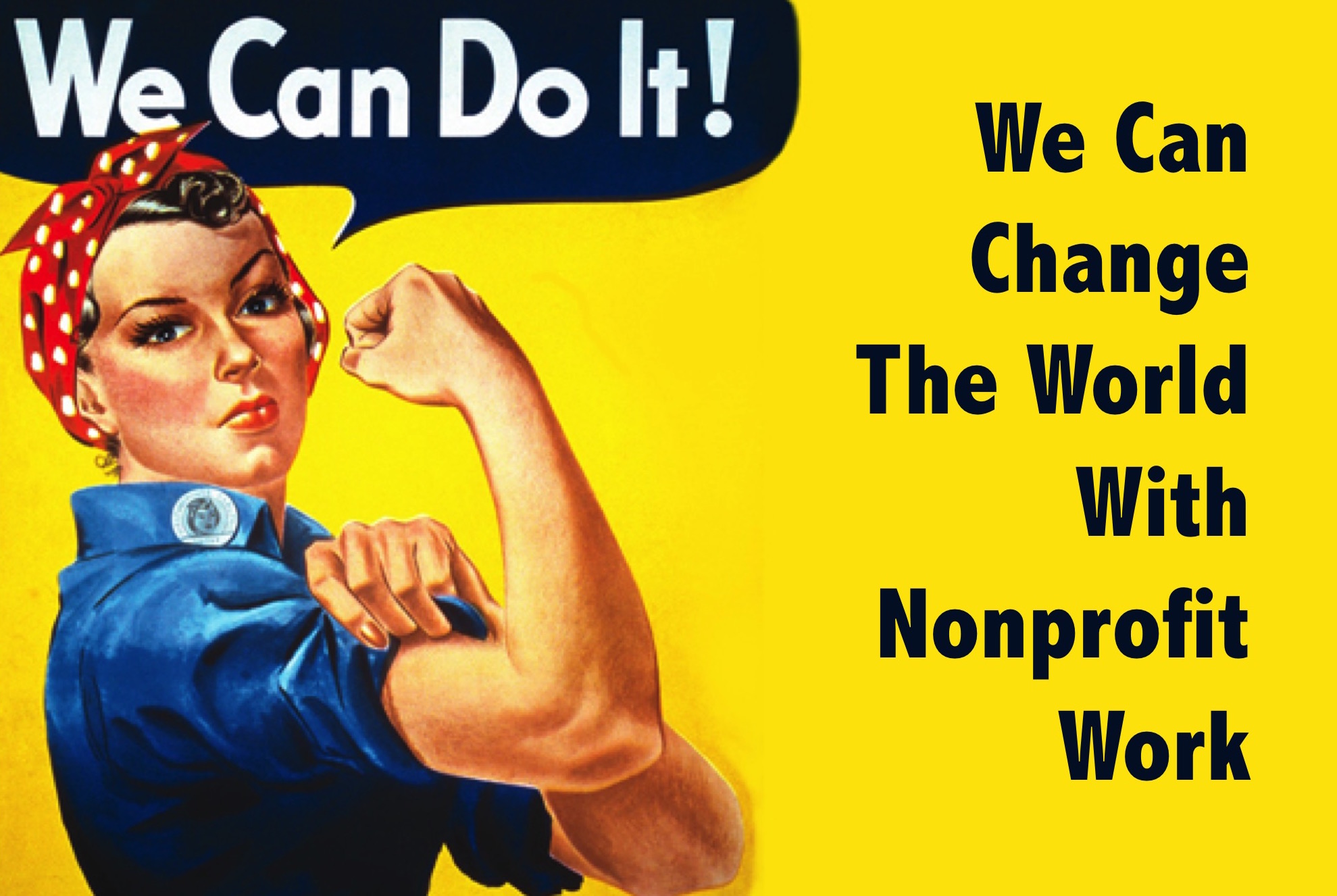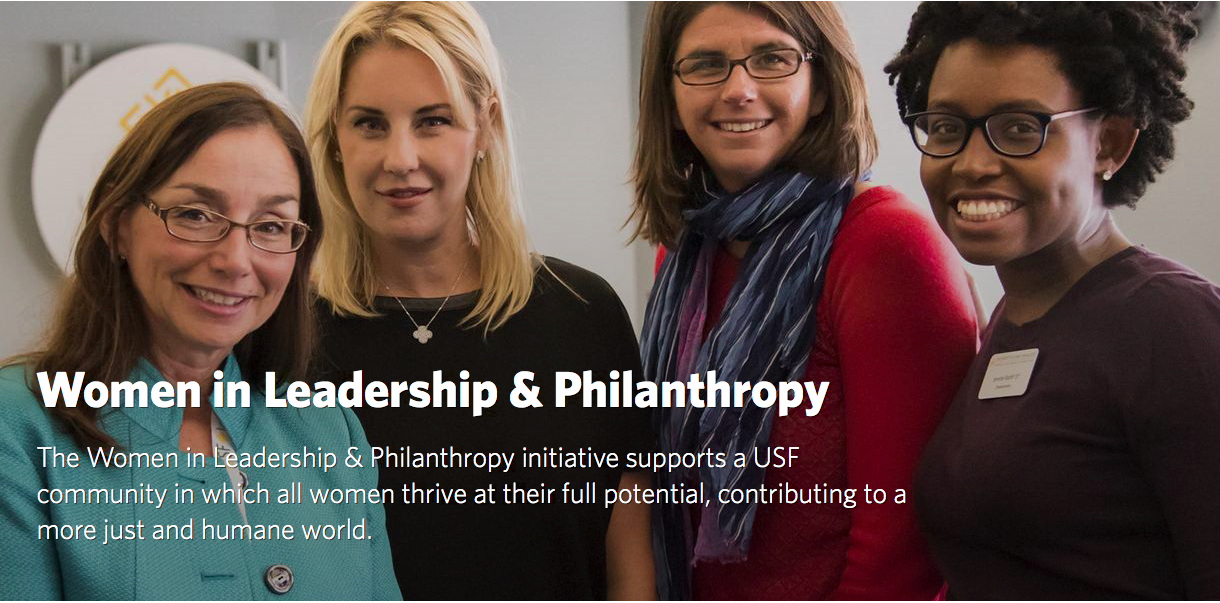By Claire Lewis
Earlier this year, I participated in my first protest ever – The  Women’s March. I cannot remember who organized it or who invited me to the Facebook event group; I just knew I wanted to make a difference. If raising awareness was the key objective, then we definitely accomplished that goal. According to USA Today, 2.6 individuals across 32 countries participated in this historical march. Celebrities from America Ferrerra to Madonna gave powerful speeches about the importance of women’s rights. News stations across the globe covered this momentous day.
Women’s March. I cannot remember who organized it or who invited me to the Facebook event group; I just knew I wanted to make a difference. If raising awareness was the key objective, then we definitely accomplished that goal. According to USA Today, 2.6 individuals across 32 countries participated in this historical march. Celebrities from America Ferrerra to Madonna gave powerful speeches about the importance of women’s rights. News stations across the globe covered this momentous day.
How was such a feat accomplished? The answer is social media. Facebook protest events across various cities and states filled my newsfeed leading up to the day. I witnessed many friends mark they were “interested” or “going” to these events.
However, despite this outpouring of support, there is little to no reform. One of the issues with “social media” marches is the lack of strategy behind the effort. I, like many others, was unclear as to the main purpose or end-goal of the Women’s March. Was it a particular policy change? If so, was it related to sexual harassment, gender inequality in pay, freedom of choice, and/or all of the above?
In order to sustain long-term change in policy and legislation, strategy, goals, and hard work need to be put forth and adhered to. This Ted Talk goes into more detail on the lack of strategy behind online uprisings. As, Zeynep points out, the Civil Rights movement was incredibly successful because there was a well thought out strategy, what she refers to as “slow and sustained” and “painstaking long-term work.” The Civil Rights movement also had specific, tangible goals such as ending segregation and reversing “separate but equal.” Both individuals (ex. MLK) as well as the work of SMO’s led to major change. For example, the NAACP was instrumental in policy change. NAACP lawyer Thurgood Marshall, challenged segregation in the landmark case, Plessy V. Ferguson that later led to Brown v. Board of Education. The Brown Case resulted in large-scale protests such as the March on Washington.
These powerful protests are the reason for both the Civil Rights Act of 1964 and the Voting Rights Act of 1965.
Clearly, both SMOs and individuals are important in a social movement. So the question is, in our current social media climate, how can we harness the power of these social media inspired protests and actually produce tangible results? To me, this is more important than whether an SMO or an individual creates a protest event on Facebook. I do not care who starts it, I just want to contribute and see change actually happen.
The first step is creation of a strategy. Many SMOs already have strategy and goals built into their programming. For example, the NAACP has various toolkits for social change initiatives. The trick is to connect SMOs to these grassroots movements so that everyone is on the same page.
Below are some ideas I brainstormed that could create movements that are more effective. I assume (and hope) that at least some of these ideas are already in place.
- SMOs identifying and working with various grassroots protest planners to create strategies and goals together that can be communicated to the masses
- SMOs training leaders to be part of these small grassroots movements and educate groups
- SMOs attending various protests as guest speakers and/or handing out information
- SMOs collaborating with influential social change leaders such as Michael Moore to ensure a goal is put in place and communicated. He does a great job, but a partnership with an SMO could be even more impactful
- SMOs and/or individuals harnessing various media sources to make it clear what the public needs to do in order to achieve the goal (make it easy to do, easy to understand)
- SMOs educating the public at various venues on what legislation is related to the current issue, what propositions to watch out for, etc.
- SMOs partnering with small grassroots groups to create follow-up sessions after protests
- SMOs and/or individuals partnering with schools and universities to provide education on various social issues and legislation to build a pipeline
Our current social media climate has so much potential for enacting real, tangible change. By harnessing the strategies that SMOs already construct and articulating clear goals, we have a chance at influencing policy change. SMOs and individuals can be much more powerful as a team, and I hope there will be more partnerships in the future. I am so proud of the Women’s March and awareness it spread, but I want to see women receive equal pay, a right to choose, and fair trials in the cases of rape and sexual assault. I want to see not just a short-term uprising, but long-term change. The partnership of SMOs and individuals can act as a catalyst to bring reform to fruition.


